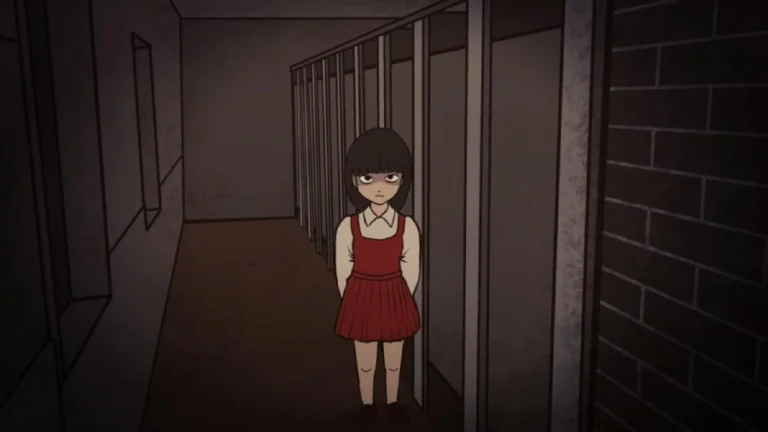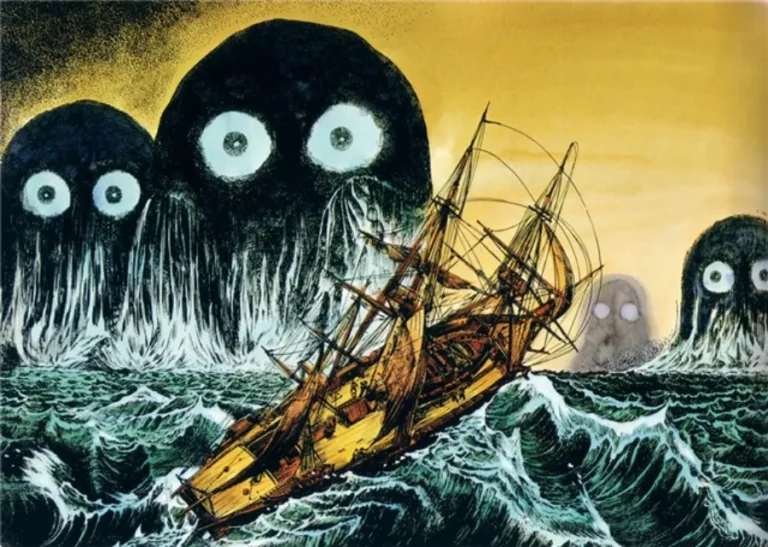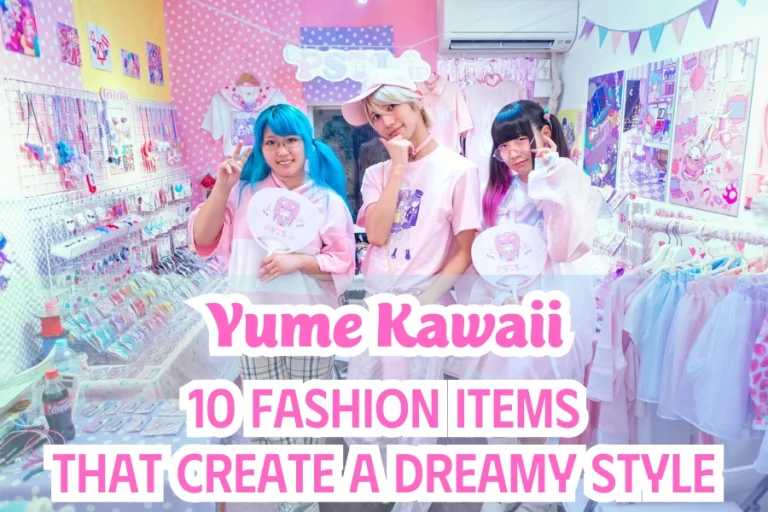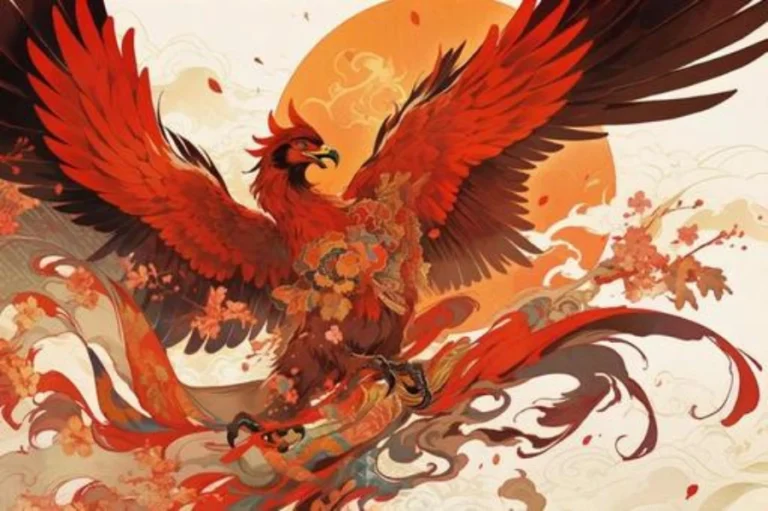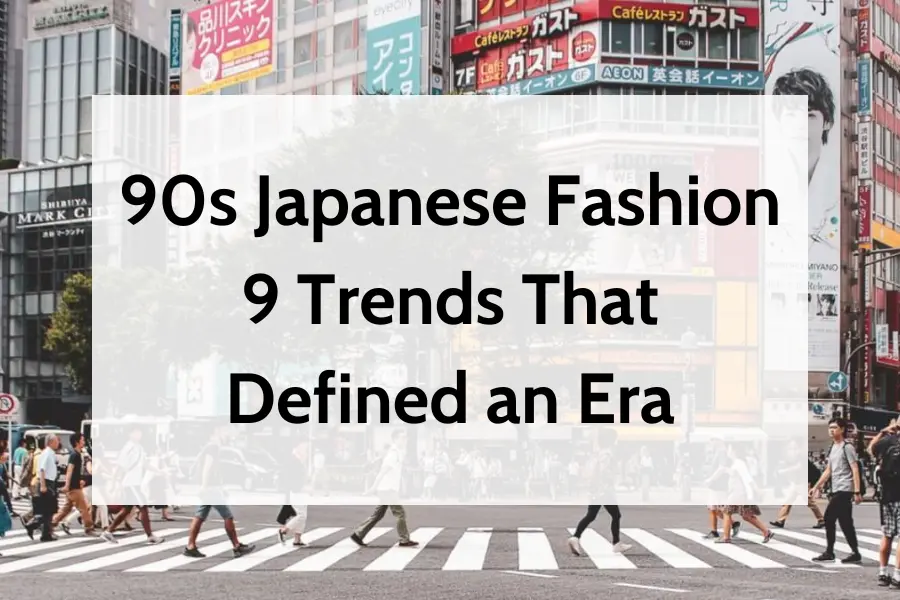
90s Japanese fashion marked a profound cultural shift, a period of radical experimentation and divergence from conventional norms. It was an era in which numerous subcultures emerged, each possessing its own particular style, an indicator of the lively and energetic youth culture at the time.
Japanese style in the 90s was not just about clothes; it was about self-discovery, a way for young people to showcase their individuality and challenge societal expectations. The decade left an indelible mark on the fashion world, which can be seen in trends that still endure.
This article will explore the most significant trends that defined the iconic period, giving a broad overview of the fashion that defined a generation.
Introduction to 90s Japanese Fashion

The 1990s in Japan were years of much change, with tradition and modernity interweaving. With the economic boom of the 1980s came a recession that changed Japan’s social and cultural landscape.
Despite these financial woes, there was creativity abounding, as art, music, and above all, fashion became powerful avenues of expression. During those years, the youth searched for meaning and identity through personal style, using fashion as a reflection of hopes and struggles.
In Tokyo, the Shibuya and Harajuku districts became the hotbed of this revolution in fashion, as an emerging generation of youth waited anxiously to make a bold declaration with their clothing.
The streets were alive like catwalks, where every outfit sent a message and every accessory was rich in meaning. Fashion for Japanese youth during the 1990s was not apparel – it was about self-discovery, rebellion, and, in the end, discovering their place in the world.
9 Trends of the 90s Japanese Fashion
In the 90s, Japan saw the emergence of many fashion trends that stirred up the fashion industry. Let’s see what some of them are.
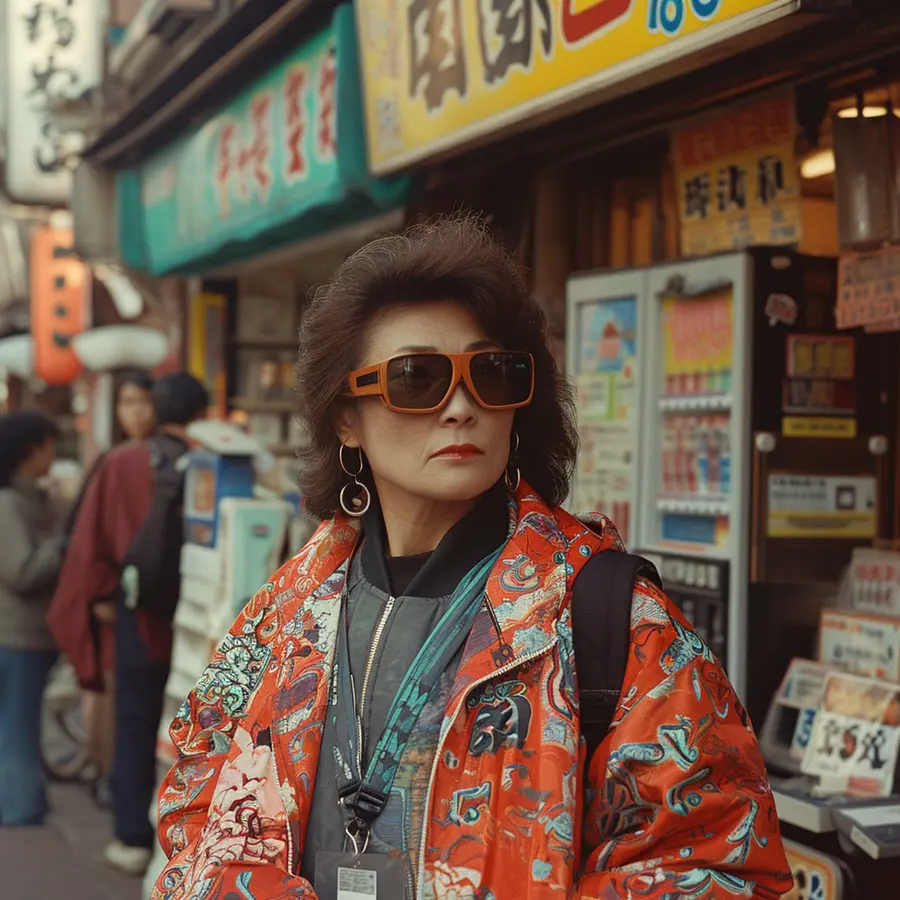
Decora
Decora was a flashy and vibrant fashion style that emerged in Tokyo during the late 1990s and early 2000s. Defined by its vibrant colors, goofy cartoon character prints, and excessive layering of 90s-style accessories – such as plastic bead necklaces and hair clips – the style caught on quickly and became a hallmark of Harajuku street fashion.
Distinctively described by its festive and spirited visual appearance, Decora remains the most identified Japanese street fashion look of our contemporary society.
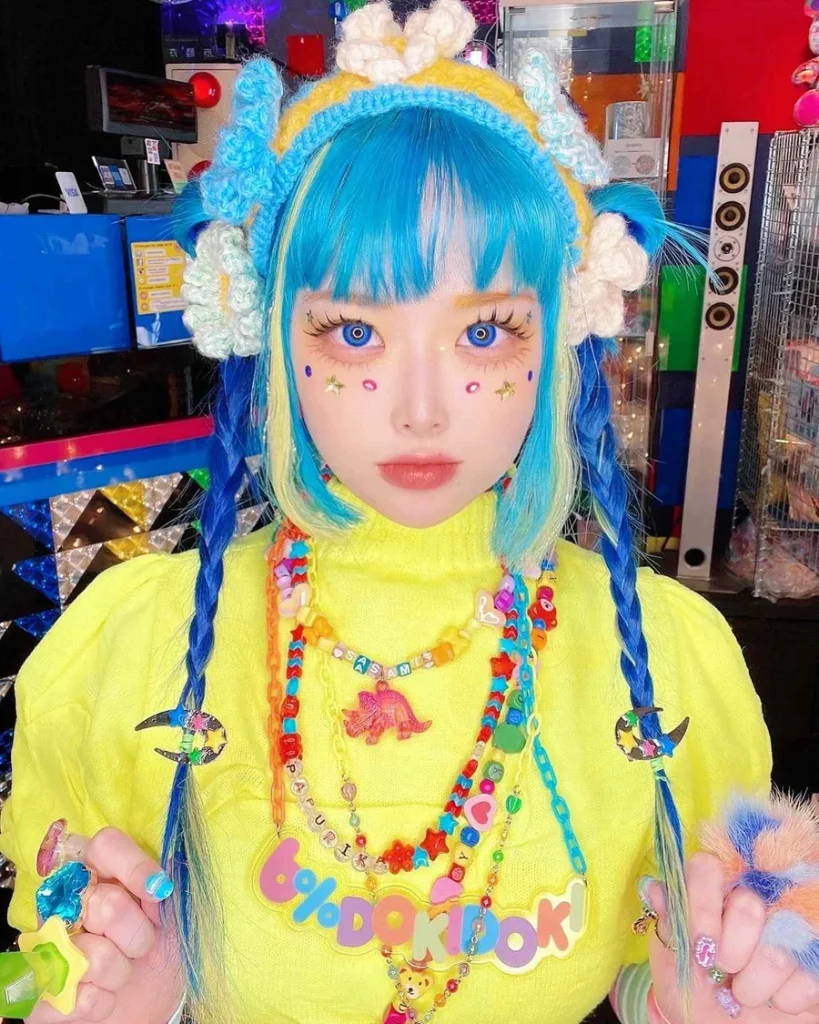
Kogyaru (Kogal)
Kogal fashion is best characterized by its pleated short skirts, fluffy knee-high socks, signature accessories like Burberry scarves, luxury designer handbags (copies, usually), and adorable accessories like cell phone straps. The style was especially trendy amongst teenage girls who shopped in stylish areas like Shibuya and Harajuku.
The Kogals really loved going to Purikura, a decorated photo booth where they could take and grace their photographs with stickers and text. The style in the early years of the late 1980s and early 1990s was more inclined towards a Kawaii (cuteness) image, but it tended towards a riskier and glitzier style in the latter half of the decade.
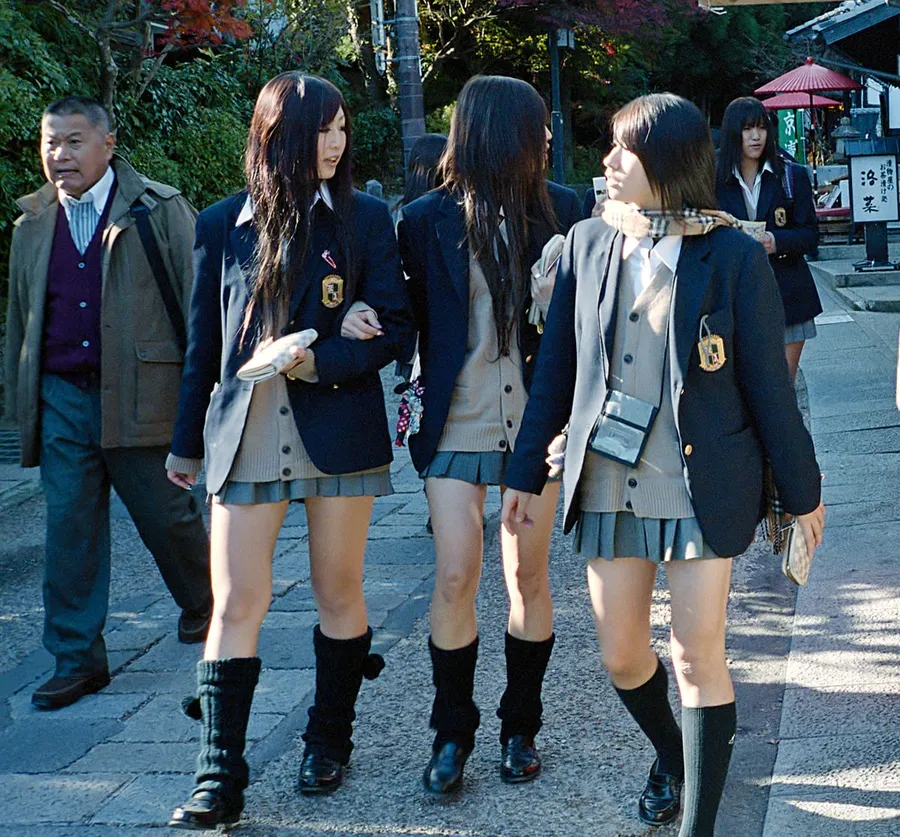
Shibu Kaji (Shibuya Casual)
Shibuya Casual, or Shibu Kaji, took over the fashion scene in the early ’90s, especially among students from private high schools and universities who spent their free time shopping and hanging out in Shibuya.
The style was all about effortless elegance – combining classic pieces like crisp blue blazers, Levi’s denim, and designer accessories (think Louis Vuitton bags) to create a polished yet laid-back look. It was simple, refined, and undeniably cool.
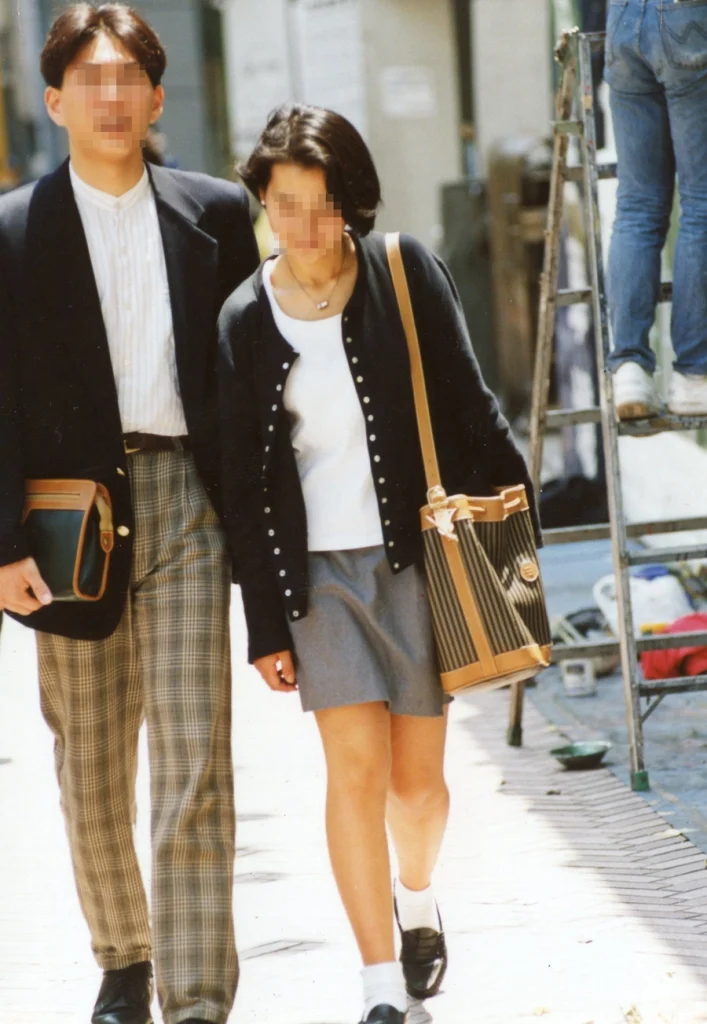
Fure Kaji (French Casual)
The arrival of French clothing brand Agnès B in Japan prompted a focus on French-themed styles, and Fure Kaji (French Casual) was the consequence. Extremely similar to Shibu Kaji, the fashion drew inspiration from Parisian casual wear and focused on either a minimalist one-color palette (black, white, beige) or red, white, and blue, the colors of the French nation.
Essential fashion pieces were trench coats, berets, and striped shirts that created a sleek, effortlessly fashionable European-chic look for whoever wore them.
Paragal (Paradise Girl)
The popular trend in the early 1990s, Paragal, which means “Paradise girl”, was influenced by resort-style fashion in Los Angeles in the early 1990s. Paragal was tighter and more revealing than the standard Japanese dresses and challenged the definition of femininity in society.
Paragal later evolved into the more flamboyant Gyaru style, which swept the country in the early 2000s.
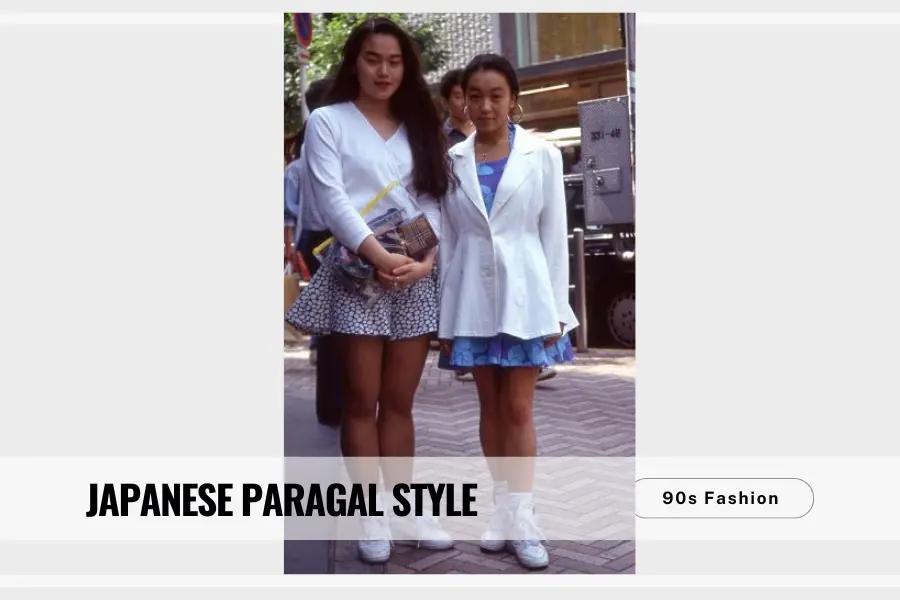
Visual Kei
Developing in the 1980s, Visual Kei drew heavily from bands such as X Japan, Buck-Tick, Dead End, Luna Sea, D’erlanger, Color, and Glay. They were well-known for their dramatic stage costumes, heavy makeup, colored contact lenses, highly styled dyed hair, and extravagant hairstyles. Visual Kei street fashion sought to recreate this on-stage look, although the daily streetwear alternative was diluted.
In the 1990s, Visual Kei went mainstream when related bands gained popularity. As the boom in popularity came about, new subgenres like Nagoya Kei, Angura Kei, and Ouji Kei also emerged, each of which had a different interpretation of the style.
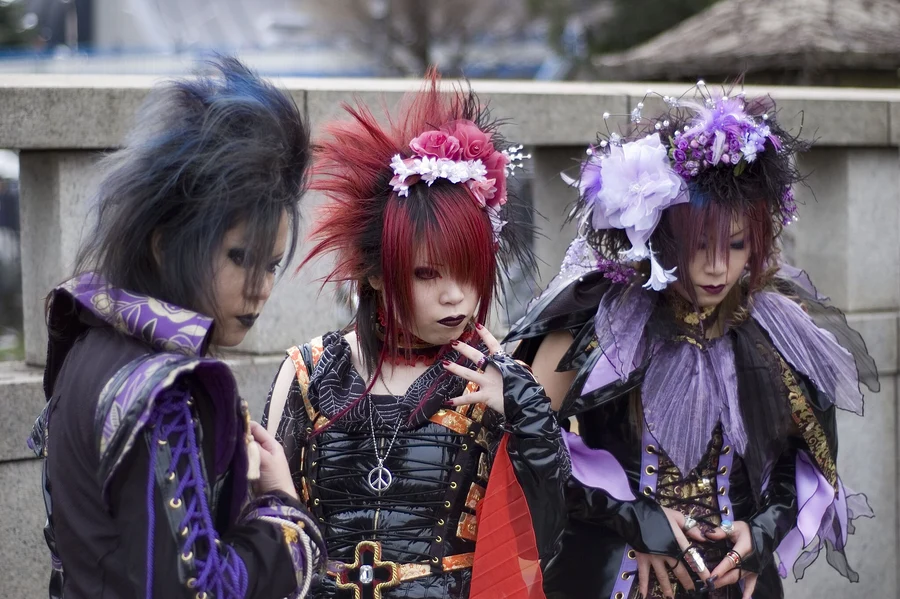
Urahara Kei
Devoted to Harajuku’s backstreets, Urahara Kei (short for Ura-Harajuku) was a benchmark of 1990s Japanese street style. The districts saw the birth of influential Japanese streetwear brands such as GOODENOUGH (Hiroshi Fujiwara), UNDERCOVER (Jun Takahashi), Neighborhood (Shinsuke Takizawa), WTAPS (Tetsu Nishiyama), and A Bathing Ape (NIGO).
These labels bring a new cultural spin on style by integrating American street life and hip-hop fashion with a unique Japanese flair. Among the salient features of Urahara Kei are graphic t-shirts, military-inspired office wear such as cargo trousers and combat jackets, logo-tee hoodies, and high-quality denim.
These 90s Japanese fashions served to be the basis of contemporary Japanese street fashion in its present state.
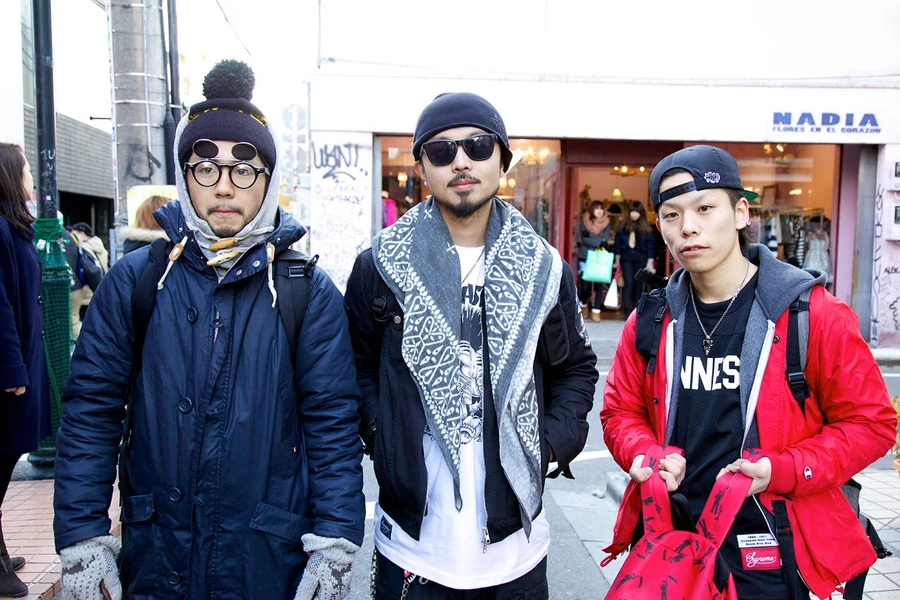
Lolita
Inspired by Victorian and Rococo fashions, Lolita fashion remakes earlier European beauty into a doll-like, childlike appearance. Some items like full petticoat knee-length skirts, knee-high stockings, and intricate accessories defined the style.
Although the style emerged in the 1970s, it became more sophisticated and mainstream in the 1990s, when it was officially termed Lolita. Popular brands such as Angelic Pretty gained popularity during this period since new brands such as Metamorphose, which all defined the style in their own way, started to emerge.
As Lolita fashion gained popularity, it branched out into other substyles such as Gothic Lolita, Casual Lolita, Hime (Princess) Lolita, and Pirate Lolita. The Lolita style is still very popular in Tokyo street fashion today.
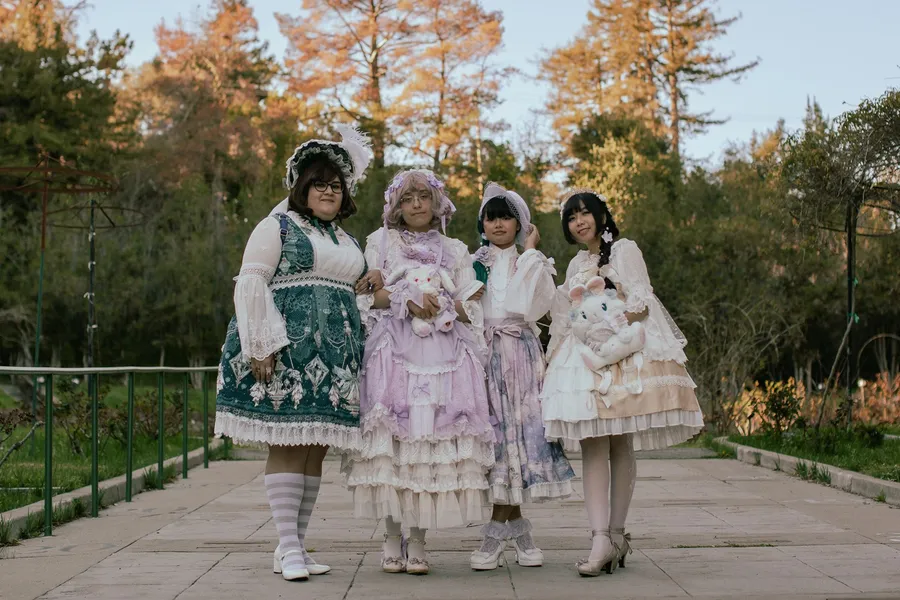
Karasu-zoku (Crow Tribe)
Emerging in the 1980s, Karasu-zoku (Crow Tribe) was the very opposite of Japan’s kawaii-style phenomenon. Avant-garde in looks, this fashion consisted entirely of black clothing with loose-fitting, androgynous shapes that concealed the wearer’s form, creating a dramatic, crow-like appearance.
But any large black piece of clothing would not suffice – members of Karasu-zoku went to great lengths to acquire pieces from high-fashion designers.
Visionary Japanese designers such as Issey Miyake, Yohji Yamamoto, and Rei Kawakubo pioneered this trend with their innovative fashion labels. Their work converted the fans of Karasu-zoku and revolutionized global haute couture, cementing Japan’s grip on the global fashion world.
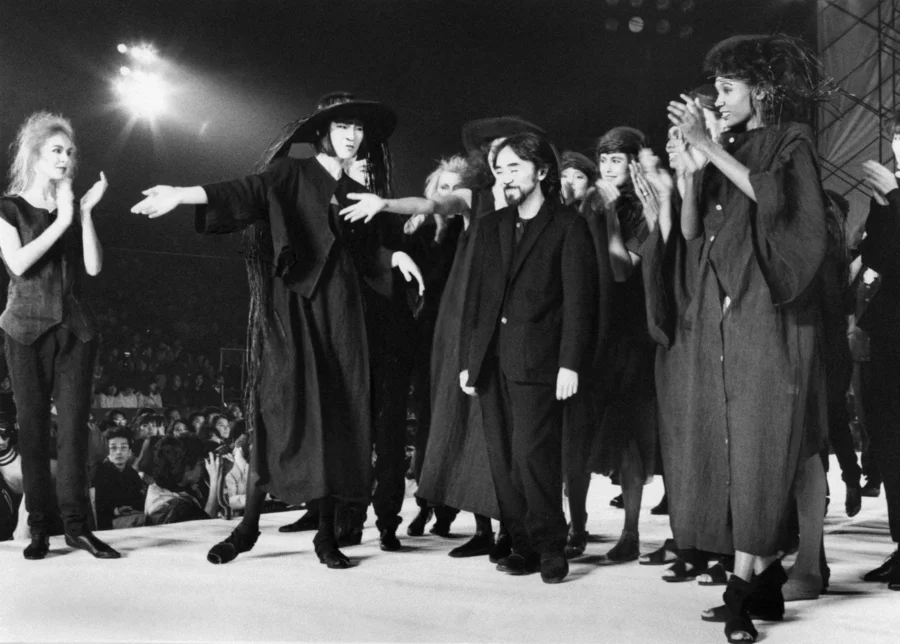
KamiCrew: Reviving 90s Japanese Fashion Streetwear for Today
KamiCrew is more than a fashion brand — it’s a celebration of Japanese culture brought to life through modern streetwear. Each piece, from our graphic T-shirts and statement hoodies to our premium sweatshirts, is designed to feel unique, comfortable, and full of character.
Our collections are as diverse as the stories they tell: discover the timeless beauty of Ukiyo-e, the playful humor of Funny, the adorable charm of Kawaii, the mysterious world of Yokai, the bold visuals of Art, and the thrilling edge of Horror. Whether you’re dressing for everyday comfort or looking to make a statement, KamiCrew gives you a way to express your personality while wearing a piece of culture.
Now’s the perfect time to explore — enjoy up to 20% off plus free shipping for a limited time and find the collection that speaks to your style.
Bottom Line
90s Japanese fashion left its mark in perpetuity on the fashion world, a sumptuous brocade of subcultures that continue to inspire designers and fashionists across the globe. From the playful effect of Decora to the subtle elegance of Fure Kaji, the 90s in Japan were a time of unparalleled imagination and self-expression.
The enduring legacy of Japanese fashion in the 1990s lies in its ability to combine tradition with innovation, forging a unique and interesting style that continues to be relevant today.
